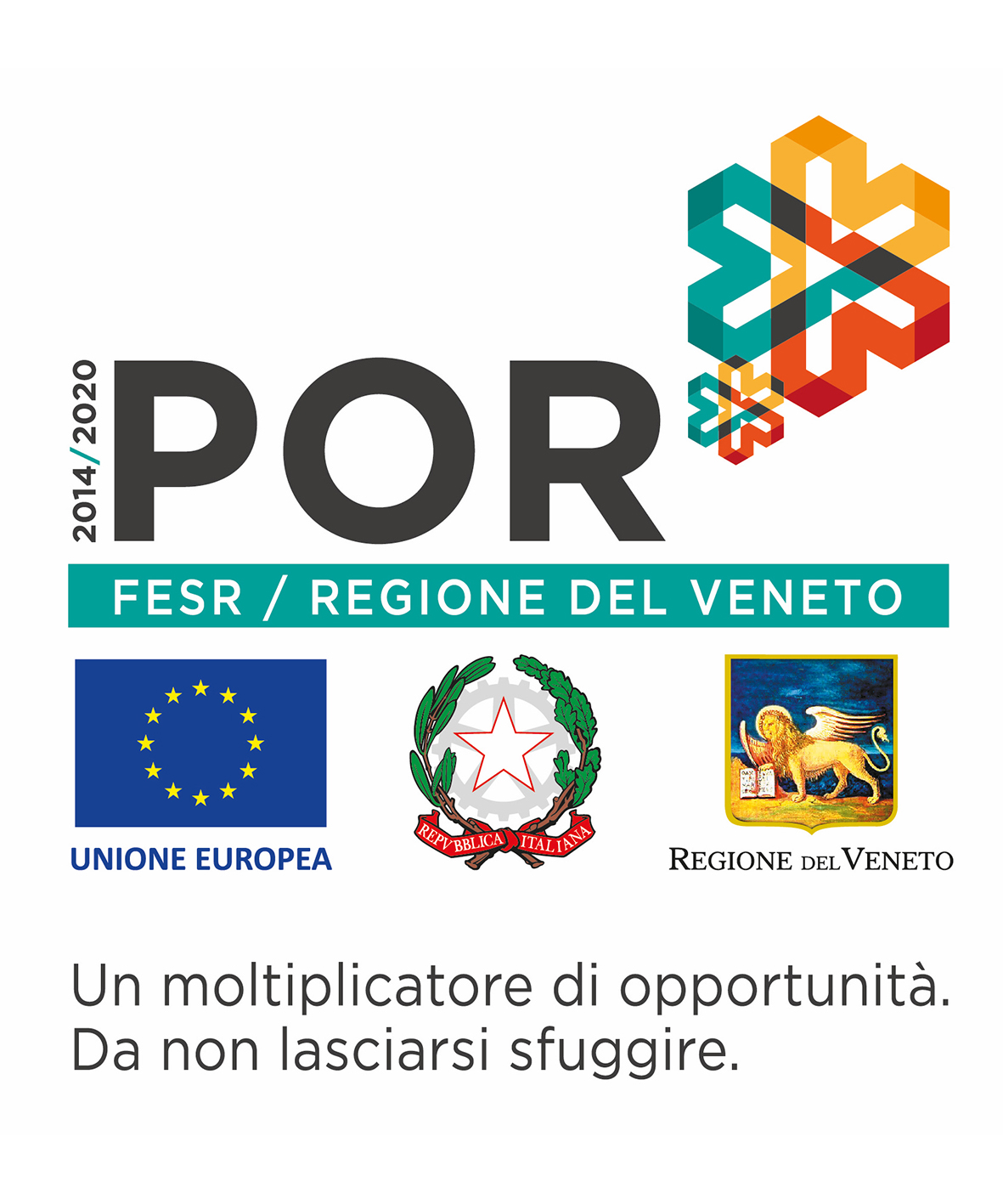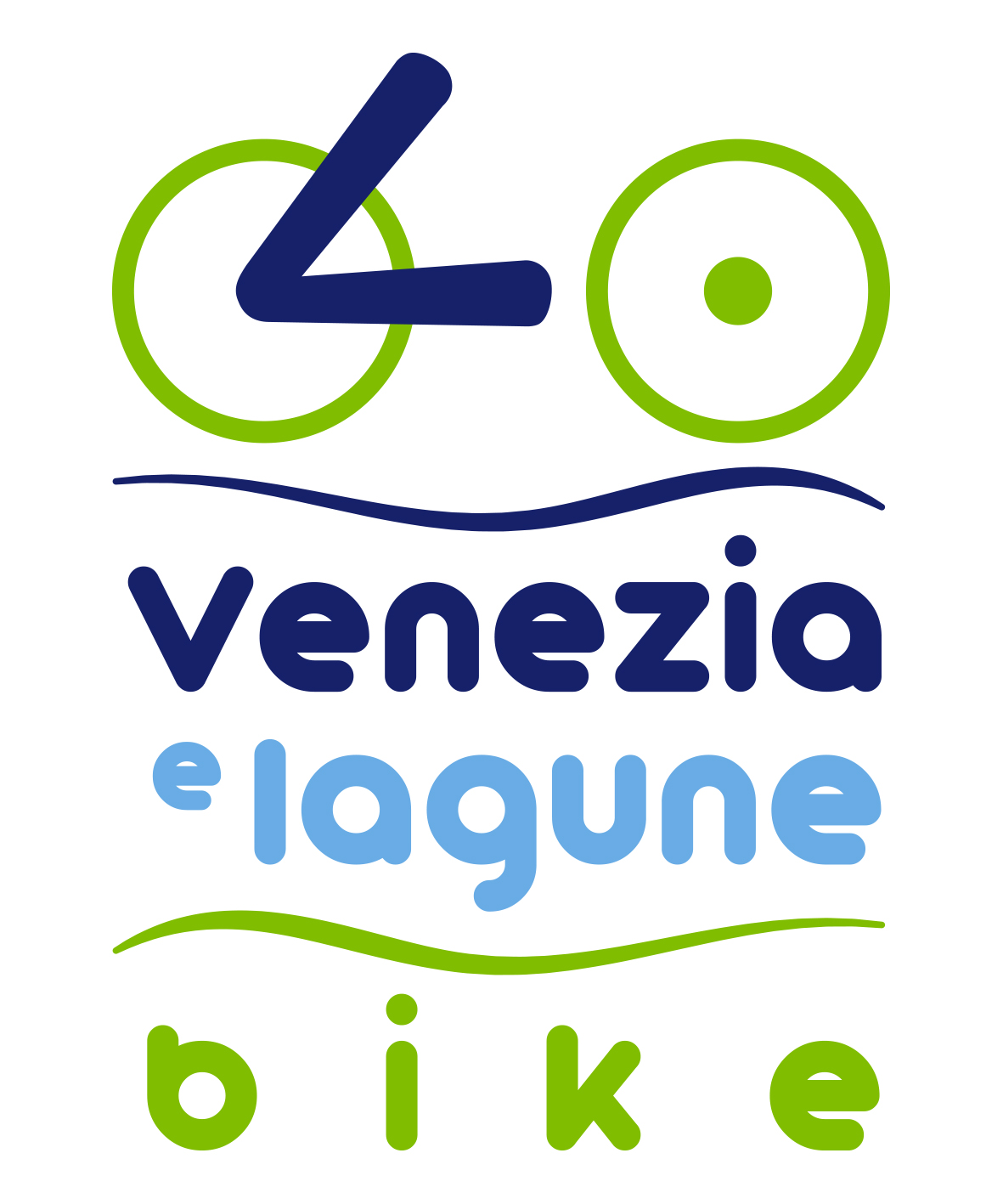Caorle
Caorle’s origins go back to the Roman era, as the numerous archaeological findings in town and in the surroundings testify.
Historic Centre
The historic centre is rich on charm thanks to its Venetian atmosphere: yet, no extravagant palaces face the main streets, but rather ancient, modest buildings typical of Venetian sea-port towns. They are lively coloured and built closely together along campi, calli and rii.
In the last two hundred years, numerous reclamations have facilitated the development of agriculture in the areas surrounding the city. These big farms were owned by Venetian families, for instance the Ca’ Corniani farm.
The town gained importance for the vicinity to Roman centre of Concordia, of which it became the closest sea port, connected by the river Lemene. Later, Caorle grew in size as a consequence of the Barbarian Invasions– as it also occurred in Rialto (Venice) a few decades later. This forced Concordia’s people to flee and seek refuge along the shore, in areas protected by the sea and the swamps.
Since then, the link between Caorle and the other coastal towns, in particular Venice, is binding and Caorle in fact shares the historical vicissitudes of the Serenissima, though, for centuries, Caorle’s economy has been based primarily on fishing.
The Cathedral
The cathedral (Duomo) is the main historical monument in the city. Built in Romanic style in the XI century, it was for many years the bishop‘s headquarters. With its central nave, and two side aisles, it was originally decorated with precious frescoes, of which some traces are still visible in the side apses and in the main entrance. The vast front square hosts the tall and enigmatic bell tower (campanile), from the XI century. Its unique round shape is probably due to its original function, a lighthouse, from the Roman times. Now it shows different decorative styles, double lancet windows, topped by the tall cusp. Its profile is recognizable even from distance, and it has become a distinctive trait of Caorle’s skyline.
The "Madonnina"
Another important town monument is the Marian church of Saint Michael Archangel, commonly known as “Madonna dell’Angelo”. Located in an exceptional position, at the end of a small peninsula, it has always represented a point of reference for sailors. It stands for the strong connection between the town and the sea.
In its charming location, the Sanctuary is surrounded by myth: it is said to have protected the population from a violent sea storm that had flooded the city. It hosts a votive stone altar that, according to the legend, was floating in the sea sustaining the statue of the Virgin Mary. A group of children were the only ones able to bring it to shore.
Tourism
Since the second half of the XX century, Caorle has also witnessed flourishing tourism. It has become one of the major seaside resorts in the Northern Adriatic Sea. It’s appreciated by national and international visitors. The growing number of tourists has lead to the development of new residential areas in the western side of the municipal territory: Porto Santa Margherita, Duna Verde and Altanea.
In recent years, however, the city has felt a stronger need to look back to its origins. It has been creating initiatives to explore and revalue its traditions, its natural environments, and its vast country sides, far from the urban chaos.

Piazza Belvedere, 2 - Lungomare Trieste (Levante Beach)
30021 Caorle (VE) Italy
Email info@hotelgarden.info




